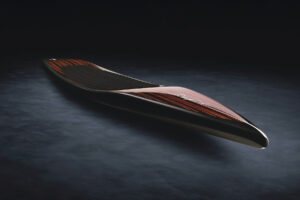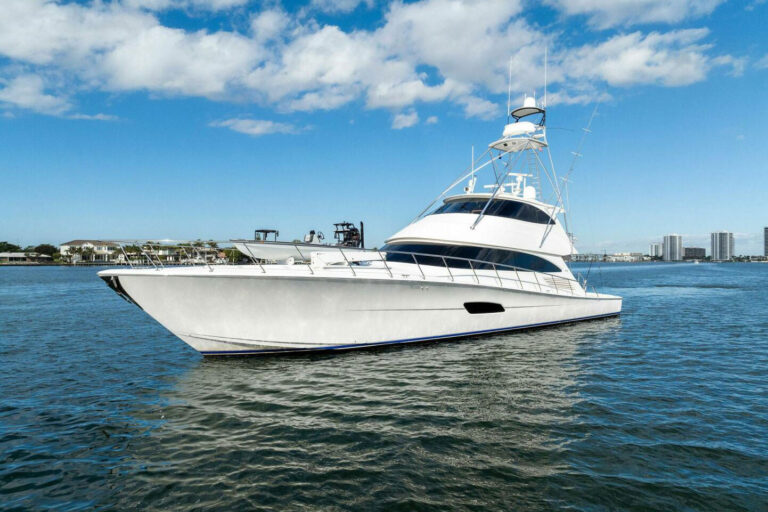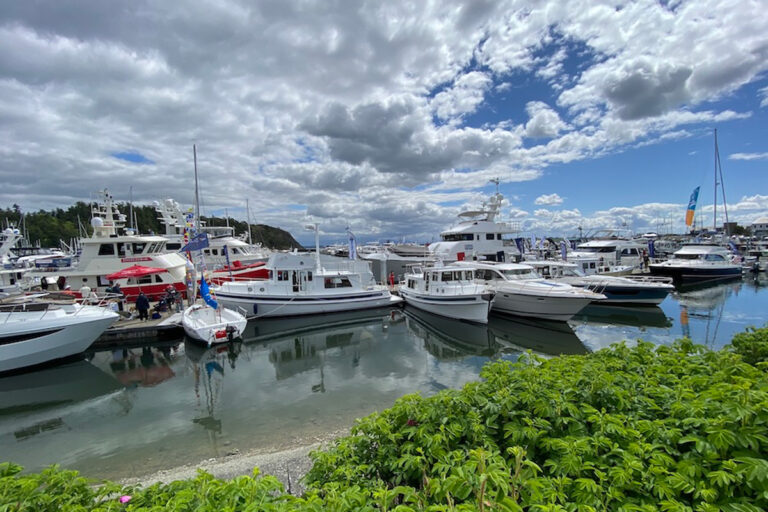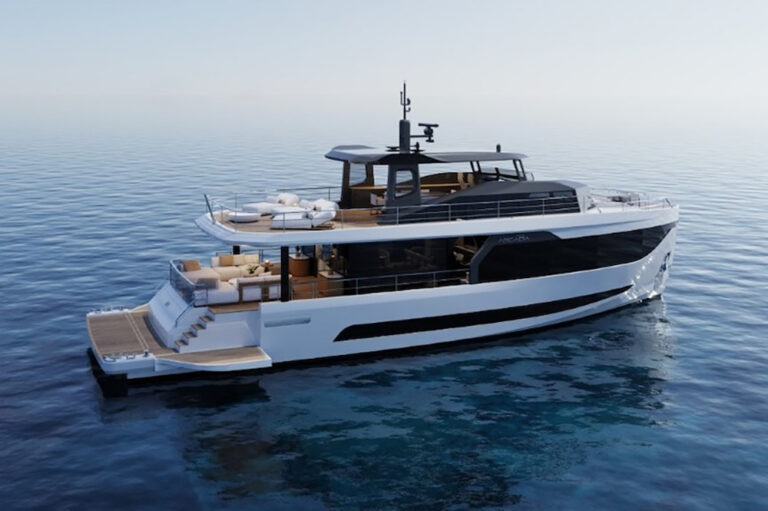
ytgsep3enewsmed525.jpg
They were aboard a 120-footer far off the Central American coast when it happened.
“Our owner clutched his chest and keeled over in the saloon,” recalls Capt. Dave (who prefers to remain anonymous) “and we were a very long ways from any medical facility. It was clearly a heart attack but there are no paramedics out there.”
The owner, however, was not only a lucky man but a smart man, too. The captain and two of the crew had advanced first-aid training, he had equipped the yacht with a comprehensive medical kit and, best of all, the yacht was subscribed to an emergency medical support service. Within minutes, the owner was getting both oxygen and intravenous fluids while an emergency-room doctor talked the captain through the procedures over the sat-com phone. The support service also calculated the closest port from which the owner could be flown, and had scheduled a medevac jet even before the captain put down the phone. Thanks to planning, the owner recovered fully. As yachts grow larger and more seaworthy, and owners become more adventurous, a serious onboard medical emergency far from a hospital is a real possibility. The new breed of expedition yachts that incorporate so many mechanical and electronic redundancies in order to provide for self-sufficiency at sea, should be prepared for medical self-reliance, as well. To meet these demands, a growing number of companies are offering an almost bewildering variety of services and products. In the end, however, you can simplify your choices by reducing them to three categories: support, training, and equipment.
Support
Before the advent of satellite communications, a yacht in mid-ocean was on its own.
Today, however, several companies provide round the clock tele-medical support that can put the yacht in contact with a physician immediately. This instantaneous connection may not replace paramedics and an ambulance but, when seconds count, it is a vital link. Some of the tele-med providers have physicians on staff, while others are literally run from a hospital emergency room. The end result is that immediate advice is available and specialists can be brought on line quickly for a specific diagnosis.
A second benefit of satellite communications is the ability to use the Internet so that, with a digital camera on board, the crew can photograph a hard-to-describe injury and then e-mail it directly to the doctor for analysis. The key to tele-medicine is to have communication links that are reliable and always available. Satellite telephone communications are the best option, although telex and the Internet can also be used for support. Rebecca Castellano, a nurse and sailor on the staff of Ocean Medical International, suggests some tips for selecting a telemedicine service.
First and most important is having round the clock access by a wide variety of communication options. Second, determine whether the provider is hospital or medical institution based, and if they are staffed by emergency care teams. Consider the price: some are very expensive, while others charge an administration fee plus a pay-as-you-use program. Check to see what is included, and what additional fees are charged. Some companies offer crew training, and a few have locations worldwide for local access as yachts move around. Taking the next step from voice communications to a direct link from an onboard patient monitor to the doctor’s computer is the latest step, but these involve added expense for the monitors and may involve hook-up charges as well.
Training
Having a doctor on the phone to provide advice is useless if no one has the training to use it.
With a U.S. Coast Guard licensed crew, at least one officer must have the basic STCW (Standards of Training, Certification and Watchkeeping) medical training known as BST, or Basic Safety Training. BST is a minimal first aid and CPR course, however, and it’s a good idea to build on that with advanced certifications such as the Medical First Aid Provider, which deals with more critical injuries or Medical Person In Charge, which covers cardiovascular and respiratory emergencies, suturing, intravenous injections, and more. And, though the USCG rules may only require one of the crew to have medical proficiency, at least two of the crew should have advanced training because there is always the possibility that the patient might be the trained person. Just as important as having the proper training is having an emergency plan. Everyone aboard, whether crew, owner, or family, should know where the medical supplies are located and how they are organized. They should also know how to contact the medical support service as well as how to use radios and telephones to summon assistance. Regular drills to keep everyone fresh and up-to-date should back up a good emergency plan. Having members of the crew simulate various injuries allows the entire team to learn different duties: the captain might fake a heart attack or a crewmember might be a guest who falls and breaks a bone.
Supplies
Yachts operating under MCA (Maritime & Coastguard Agency) certifications are required to carry medical supplies, but that should be just a starting point because each yacht has different needs depending upon their area of operation, the people aboard, and the activities planned.
You could, with the help of your physician, put together a medical kit for your yacht but you’d be better advised to work through your support provider to tailor the medical kit. The tele-med provider will then know exactly what is available on board to meet each emergency, saving time and effort. Most of these services also inventory and restock the medical kits to keep pharmaceuticals and supplies both current and in the required quantities. As you select your provider, examine their medical kits for simplicity and labeling. Having to dump a box on the floor to find a needed item isn’t a good idea: each medical kit should be organized clearly and easy to understand. Among the medical supplies finding their way aboard yachts are defibrillators, with the latest versions designed for simplicity. Some even offer multiple languages, and can be reprogrammed as CPR and medical protocols change. Oxygen, in portable tanks, is relatively inexpensive and can be a valuable tool in a tele-med support situation. Other devices, from glucose meters to inflatable splints, are now packaged for yacht use as well. In discussing your supplies with a tele-med provider, be sure to cover all the bases. If someone aboard has a known medical problem, that particular need should be fully addressed. If there are children present, then pediatric supplies are essential.
Specialized medicines should be aboard if you plan to explore areas where venomous creatures might be encountered, whether it be snakes in the Amazon or scorpionfish on a reef. If the guests are involved in skindiving, there are now compact hyperbaric decompression chambers available with soft sides for use on even moderately sized yachts. With modern communications and the latest medical technology, yachts are no longer on their own even when far offshore. With proper training and preparation, comprehensive medical help is as close as your sat-phone keypad.








